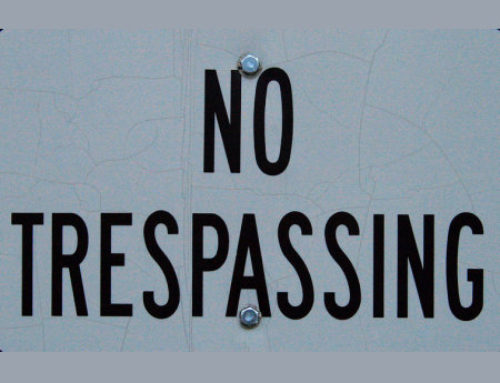After several months of deliberations, calculations, discussions, and presentations, the district has had to make some very hard choices in order to provide a sustainable level of recycling to the community. For those that attended the Moonflower series in April and May, the costs and carbon footprint impacts were presented in powerpoint format. Moonflower also video taped each session. As has been stated for several years, the recycling center has been losing money every year. Based on the costs to produce, the decreased value of several commodities, and the low impact on carbon savings, the district is implementing the following reductions:
Operating hours: We will begin closing the recycling center by 12:30 pm on Saturdays and we are considering closing the drop off at least one day during the week to allow us time to clean up and process the backlog of material on site. We may be installing snow/crowd control fencing to close the drop off point during the week.
No longer accepting plastics 3 – 7 or any plastic #1 clamshells at the public drop off. We will continue to accept Green Solutions drops through the beginning of July. Diverting these materials equates to 0.07 tonnes carbon savings per ton of plastic. To recycle these materials, we would have to pay $50 per ton plus transportation and there would be no offsetting income for the cost to bale the materials.
No longer accepting plastics #2 colored (oil bottles, soap bottles, etc) at the public drop point. After the beginning of July, we will no longer accept the materials from Green Solutions. Recycling these materials equated to 0.25 tonnes carbon savings per ton of #2 colored and we collect around 6 tons per year. Current price is $10 per ton received and it costs approximately $25 per ton to ship.
No longer accepting mixed paper at the public drop point. Several entities are no longer making the effort to sort the higher value office paper ($100 per ton) from the mixed paper ($10 per ton). Recycling mixed paper equates to 0.3 tonnes carbon saved per ton of material and office paper equates to 1.95 tonnes carbon saved. Cost to ship is $25 per ton. We will continue to accept clean, high grade office paper because of more carbon savings impact as well as income potential to help pay for transport and partially offset processing costs.
Newspapers will not be accepted at the drop point, but we will continue to take commercial newsprint for recycling. The value of newsprint is $45 per ton with a savings of 2.28 tonnes of carbon per ton of recycled newsprint.
Glass is accepted without sorting as we continue to divert the material to the Moab Landfill Diverting glass to the Moab Landfill saves 0.52 tonnes carbon per ton as opposed to 0.28 tonnes per ton to recycle the material. In addition, the glass adds additional benefits by reducing loss of soil from wind loss as well as reducing the need to find soils from some other site for cover.




